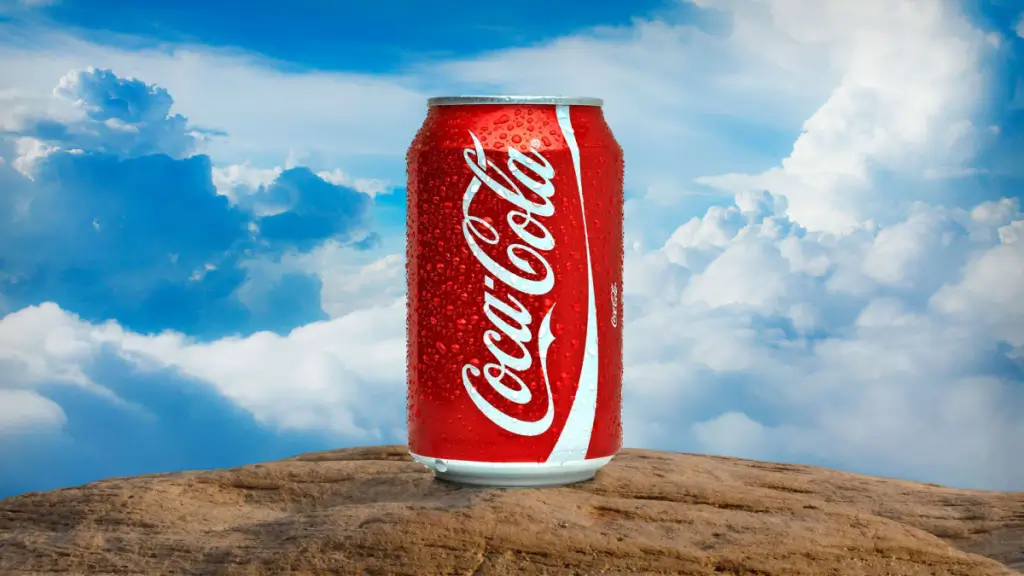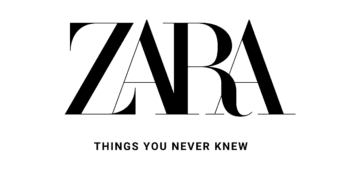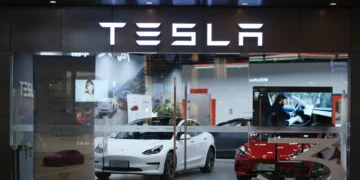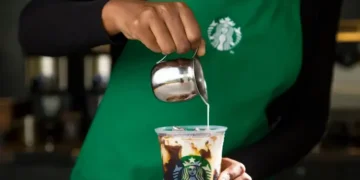Coca-Cola’s customer relationship management (CRM) strategy is at the core of its phenomenon growth. It was established on May 8, 1886, by Dr John Pemberton, who later sold the business to Asa Griggs Candler and a few others. The story is different today, as Coca-Cola currently ranks as the sixth most powerful brand globally.
The company’s success is mainly due to its customer relationship management process. Instead of focusing on the product, it leveraged CRM strategies to launch a series of innovative personalized marketing campaigns.
Coca-Cola is big on marketing and customer-centric adverts. They spend a lot of money on advertisements and R&D. Today, the company spends about 10 percent of its revenue on advertising and marketing, approximately $4 billion annually.
In this article, you’ll learn about the Coca-Cola CRM case study and other strategies that made it successful.
Coca-Cola Timeline
1886: Dr John Pemberton served the world’s first Coca‑Cola at Jacobs Pharmacy in Atlanta, Ga.
1888: Before his death, he sold his business to Asa G. Candler.
1899: Two Chattanooga lawyers, Joseph Whitehead, and Benjamin Thomas, traveled to Atlanta to negotiate the rights to bottle Coca‑Cola.
1906: The Coca‑Cola Company introduced a diamond-shaped label with a colorful trademark to stand out from the infringers.
1915: The Trustees of the Coca‑Cola Bottling Association voted to expend up to $500 to develop a distinctive bottle for Coca‑Cola.
1917: The Coca‑Cola Company began its partnership with The Red Cross.
1935: Lettie Pate Evans joined the Board of Directors as the 1st woman to serve on the board of a major company.
1963: The Coca‑Cola Company produced its first diet drink, Tab. Tab was introduced before the early growth of the low-calorie soft drink segment.
1966: The Coca‑Cola Company launched “The Nutrition Project”, assigning an international team of scientists and food technologists the task of finding a solution to the “protein gap” facing the world’s impoverished nations.
2001: The Coca‑Cola Company established the Coca‑Cola Africa Foundation, which has worked to prevent and treat HIV/AIDS in Africa.
2007: The Coca‑Cola Company announced a transformational partnership with the World Wide Fund for Nature (WWF) to address challenges related to freshwater conservation.
2009: The Coca‑Cola Company introduced PlantBottle Packaging – the first ever recyclable PET plastic beverage bottle made 30 percent from plants.
2010: The Coca‑Cola Company launched the 5by20 Initiative. This Initiative aims to enable the economic empowerment of 5 million women entrepreneurs across the globe by 2020.
2013: The first EKOCENTER is established. EKOCENTER is a modular community market run by local women entrepreneurs and provides safe drinking water, wireless communication, electricity, and other functionality to jump-start entrepreneurship opportunities.
Coca-Cola CRM Case Study: Top Ways Coca-cola Uses CRM

1. Identifying their target customers:
Coca-Cola targets every customer in the market, ensuring that everyone’s refreshing needs are met. Its targets are based on age, income, family size, gender, and geographical segmentation.
Age: The company arranges campaigns in schools to target young people between 13 and 35. It also offers Diet Coke to middle-aged and older adults who are diet-conscious.
Income: Coca-Cola targets its customer’s income by introducing packaging at different price ranges to increase affordability.
Family Size: They introduce packaging in different sizes, from the biggest to the smallest. Large families can get the most significant size and share it with the whole family.
Gender: They also target customers based on gender. For example, Coca-Cola Light is preferred by females, while Coke Zero and Thumbs Up are men’s favorites due to their pungent taste.
Geographical segmentation: Coca-Cola sells its products globally and targets different cultures, customs, and climates. For instance, the Asian version is sweeter than other countries.
2. Understanding their customers' needs and wants
Coca-Cola understands that it will be challenging for them to identify their customers’ needs without attentive listening, patience, and clarity, hence:
- They listen attentively to their customer’s needs.
- Coca-Cola ensures they communicate sincerely and speak in a way they will understand by avoiding technical jargon.
- Coca-Cola brought a new innovative vending machine with a fountain dispenser called Freestyle. In this way, the customer can customize their drink from 100 combinations, and this was the first time they could have provided 100 combinations that had not been introduced before. The most important thing about the freestyle vending machine is that it is connected to the SAP system. So it collects all the customer data and is stored in the CRM system.

- Coca-Cola usually conducts surveys using email marketing software. With this software, they can segment their ideal customers based on a particular purchasing style. They can also get positive reviews from some of their most loyal customers.
- They use the insights obtained from surveys to create buyer personas, so all their marketing activities are geared toward serving their customers and offering products tailored to their needs.
- Coca-Cola uses multiple communication methods across all its platforms. Its customer care team is well-imbibed with the right customer care etiquette. This quality service helps customers share their opinions about the product.
3. Customer Loyalty
Coca-Cola has started a new marketing environment by providing a unique PIN in the bottle, which can be used to save 75 cents on the mobile bill. They can also gain points for Coke from this system. So this is one of the best marketing techniques to gain customers by giving offers to their daily use products.
4. Direct store delivery
To adequately satisfy its customers, the company implemented the formula of DSD (Direct Store Delivery). This is to sustain smooth relations with local bottlers and stores. DSD collects customer data and transfers it to the distributors. It helps improve delivery costs.
The customer data obtained helped Coca-Cola successfully satisfy its customers’ demands.
What CRM does Coca-Cola Use?
Coca-Cola’s CRM technology is SAP (System Applications and Products) Strategic Enterprise Management. It started using this tool in 2009 and continues to use it today. This CRM system helps Coca-Cola stay connected to customers, streamline processes, and improve profitability.
SalesForce is another CRM that has contributed to the growth of Coca-Cola.
SalesForce is a cloud computing CRM software and is currently used by Coca-Cola. It takes the help of the mobile app developed on the SalesForce platform. It has massively supported the technicians and repair department at Coca-Cola.
Apart from SAP and SalesForce CRM, the CRMs listed below are widely known to automate marketing processes and help strengthen customer relationships. They include:
The Best Overall
Pipedrive
A sales-focused CRM that leverages AI to automate sales, lead & demand generation.
Best Budget Choice
Freshsales
Freshsales automates your sales process, and helps drives sustainable business growth.
Best for Workflows
Zendesk
Customize your workflows to track all aspects of the sales cycle, from lead gen to post-sale support.
How Does Netflix Approach Customer Service?
Netflix approaches customer service from the standpoint of personalization and user-centric experience. As you know, Netflix spends heavily on Research & Development (R&D) like Apple, Microsoft, and Facebook.
And their focus on R&D allows them to focus on their users’ immediate and future needs. It is evident in their platform’s features and films that they always have their users at heart.
Conclusion
Human connection is an integral part of the company’s brand message. Coca-Cola understands how essential customer relationships are in business, embracing them tightly by implementing different strategies to meet its customers’ needs.
They also use SAP and SalesForce CRM software to automatically strengthen the relationship with their customers. As a business owner, you can still learn from them and implement these strategies.
Frequently Asked Questions
Coca-Cola has multiple communication methods across all its platforms. Customers can share their opinions and receive an immediate response from these platforms.
When audiences know a brand is loyal to them — responding quickly to customer service needs, providing value, and are experts in that field— They may consistently choose you over the competition and are more likely to become brand advocates in the long run.
Secondly, Coca-Cola advertises its beverages using touching messages about family and friends. The bottles say, “When you share a Coke with someone special, you must share it with them.” The consumer’s emotions when purchasing a Coke become more vivid as the product becomes more appealing.
Coca-Cola integrated its SalesForce CRM system with ERP (enterprise resource planning) to better coordinate the various departments and stages involved in the sales process. Coca-Cola leverages CRM data to develop a pull-production system that aligns production and inventory with demand to slash inventory waste.
Coca-Cola Bottlers has recently agreed with SAP’s blockchain platform to streamline franchise relationships across its 70 bottling companies.
With the help of CRM, Coca-Cola was able to;
1. Track customer contact information, preferences, and purchase history. This information is used to improve customer service and target marketing efforts.
2. Track and manage sales leads.
3. Ensured that their customers receive the best possible service.
4. The CRM aids in advancing existing processes and improving new ones to meet the customer’s needs. As a result, sales have increased, and customer retention has improved.
Coca-Cola uses SAP (System Applications and Products) Strategic Enterprise Management. Coca-Cola started using this CRM tool in 2009 and continues to use it. This CRM system helps Coca-Cola stay connected to customers, streamline processes, and improve profitability.
SalesForce is another CRM that has contributed to the growth of Coca-Cola.
SalesForce is a cloud computing CRM software and is currently used by Coca-Cola. It takes the help of the mobile app developed on the SalesForce platform. It has massively supported the technicians and repair department at Coca-Cola.
Coca-Cola has won several customer loyalty awards and is still winning. This is due to its ability to create unique personalized offerings that richly solve customers’ needs.

































Comments 1
This information is well done. I am presently investigating the CRM system to implement in a business I’m about to start.